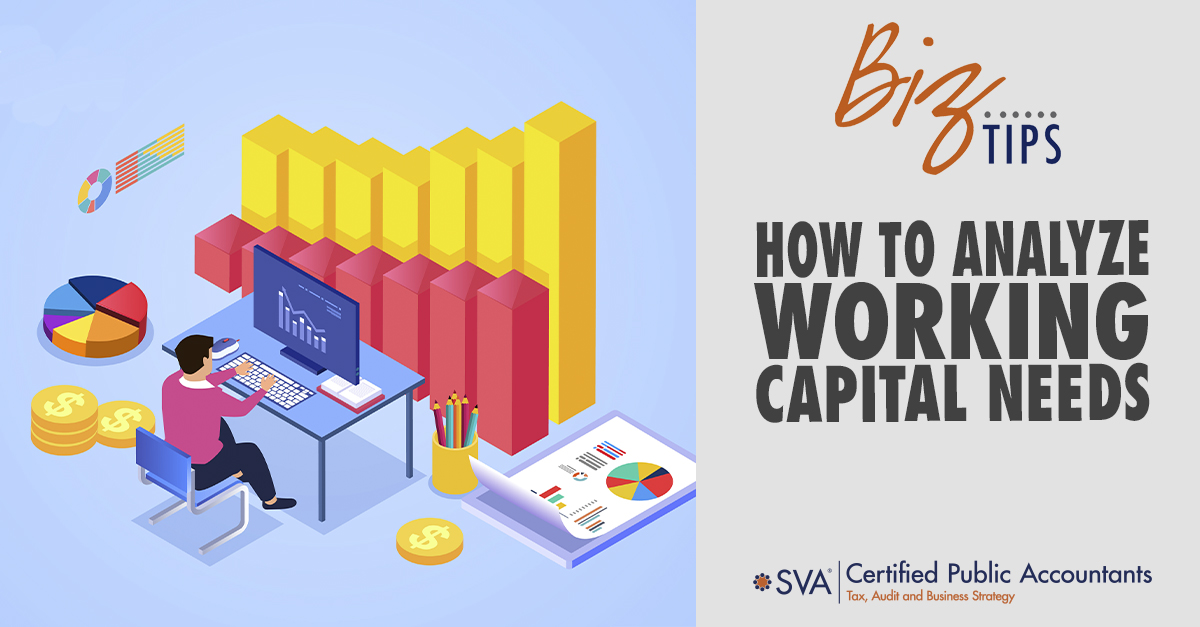The unprecedented events over the last year have business owners evaluating their working capital more than ever before. Analyzing the working capital needs of a business presents opportunities to leverage a line of credit, improve cash flows, and plan for the future.
Leveraging a Line of Credit
With the current low-interest rates, more companies are better able to leverage their line of credit. Having a line of credit can provide significant benefits to a company when used properly.
How Does a Business Line of Credit Work?
The most prudent way to use a line of credit is for short-term cash needs or, in certain seasons, as a means for cash flow. A line of credit should not be used to finance a long-term balance. Instead, these needs should be addressed by obtaining fixed-rate, term financing.
On the other hand, not using your line of credit or having significant unused borrowing capacity could result in a higher interest rate, personal guarantees, and/or more onerous compliance covenants. A line of credit with a lower limit may lessen these restrictive terms.
(Download Video Transcript)
Strategy for Analyzing Working Capital Needs
In order for a business to use their line of credit effectively, it should analyze their working capital needs. This is by no means an exact science, but here is a simple strategy to assist with this process:
- Gather at least two to three years of cash and line of credit balances as of the end of each week.
- Create a graph with this data (line graphs provide a great visual).
- First line = cash
- Second line = cash and line of credit balance (this is your working capital need)
- Determine a trendline on your graph that will result in some line-of-credit borrowings but allow for them to be paid back in the short term.
- Ensure that the line of credit capacity is enough to meet working capital needs. At your lowest cash point, do you have enough capacity on your line of credit to meet your needs?
- Take note of any anomalies. These could include PPP funds, grants, initial shutdown, etc. It can help to add another line on your graph to remove any anomalies (i.e., plot a line with your cash balance, less your PPP loan).
(Download Video Transcript)
It’s also essential to consider any changes that are anticipated with the business and forecast these changes. If possible, add forecasted data to your graph to help analyze future working capital needs related to expected cash and line of credit balances.
Changes in your business to incorporate into your analysis could include:
- Customers extending their payment terms
- Changes in existing customers, or new customers
- Changes in the cost of materials, labor, etc.
- Working capital needed for new projects
Analyzing this data frequently and adjusting as needed is imperative, especially during these times of uncertainty.
SVA has been working with businesses like yours for over 47 years. Give us a call and let’s chat about your business needs.
© 2021 SVA Certified Public Accountants

